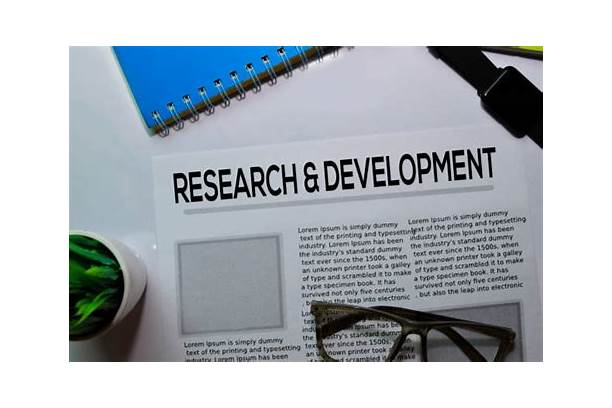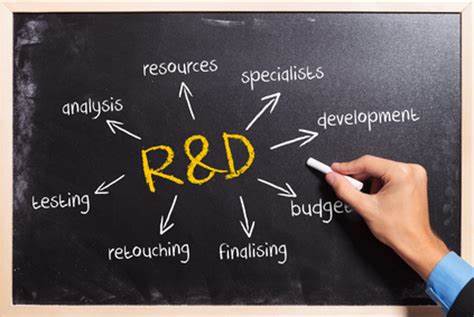Research and Development (R&D) is a series of activities that companies or governments undertake to innovate and introduce new products or services, or to improve existing ones. It often represents the first stage in the development process, which includes market research, product development, and product testing.
- Research: This is the activity of finding out, researching, and analyzing information about products and services as well as market characteristics, thereby serving as a basis for the next stage.
- Development: After conducting research, the development phase will be conducted to apply the strategies and plans that the business has outlined on its products and services.
Here are some key aspects of R&D:
- Innovation: R&D allows a company to stay ahead of its competition by catering to new wants or needs in the market.
- Product Development: Through R&D, companies can design new products and improve their existing offerings.
- Investment: R&D often involves a significant investment of resources, with the expectation of long-term profitability.
- Risk: As more money is invested in R&D, the level of capital risk increases.
- Intellectual Property: R&D may often allow companies to secure intellectual property, including patents, copyrights, and trademarks as discoveries are made and products are created.
R&D is a broad category that includes basic research, applied research, and development activities. Basic research is work undertaken without conscious goals, other than the desire to unravel the secrets of nature. Applied research is more geared towards researching a more narrow scope. The development process usually follows a path from laboratory idea, through pilot or prototype production and manufacturing start-up, to full-scale production and market introduction.
 Types of R&D
Types of R&D
There are three main types of R&D:
- Basic Research: This type of research aims to expand knowledge without any specific application in mind. The primary focus is on discovering new facts and understanding underlying theories.
- Applied Research: This is more geared towards researching a more narrow scope. It involves the practical application of science. It accesses and uses some part of the research communities’ (the academy’s) accumulated theories, knowledge, methods, and techniques, for a specific, often state-, business-, or client-driven purpose.
- Experimental Development: This involves the systematic work, drawing on existing knowledge gained from research and/or practical experience, that is directed to producing new materials, products, or devices; to installing new processes, systems, and services; or to improving substantially those already produced or installed.
IGREEN TEX VIETNAM CO LTD
Address: No. 83 , A4 Street, Ward 12, Tan Binh Dist, HCMC
Tax code: 0315844409
Email: info@igreentex.com
WhatsApp/Viber/Zalo: +84938.045.900
 Types of R&D
Types of R&D